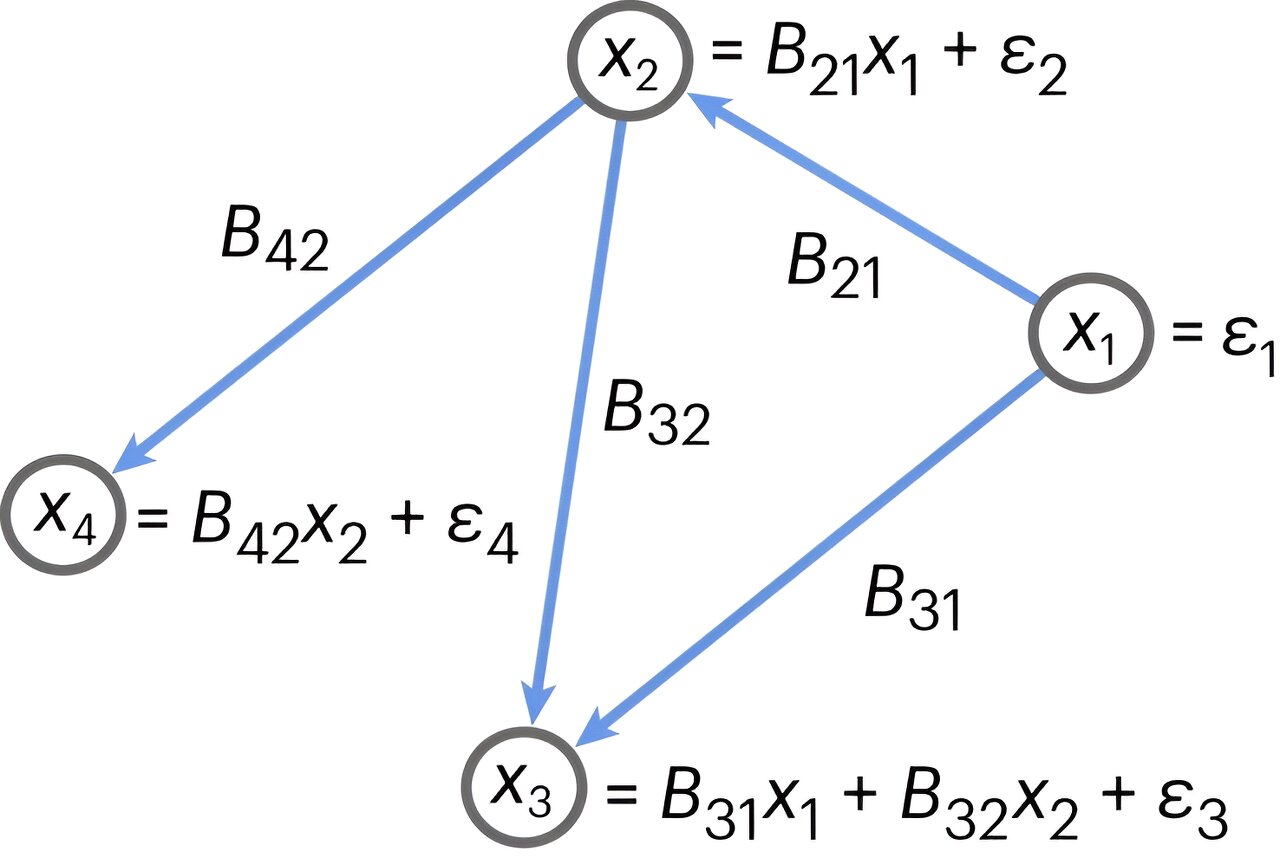A strategy for cellular reprogramming involves using targeted genetic interventions to engineer a cell into a new state. The technique holds great promise in immunotherapy, for instance, where researchers could reprogram a patient’s T-cells so they are more potent cancer killers. Someday, the approach could also help identify life-saving cancer treatments or regenerative therapies that repair disease-ravaged organs.
But the human body has about 20,000 genes, and a genetic perturbation could be on a combination of genes or on any of the over 1,000 transcription factors that regulate the genes. Because the search space is vast and genetic experiments are costly, scientists often struggle to find the ideal perturbation for their particular application.
Researchers from MIT and Harvard University developed a new, computational approach that can efficiently identify optimal genetic perturbations based on a much smaller number of experiments than traditional methods.
Their algorithmic technique leverages the cause-and-effect relationship between factors in a complex system, such as genome regulation, to prioritize the best intervention in each round of sequential experiments.
The researchers conducted a rigorous theoretical analysis to determine that their technique did, indeed, identify optimal interventions. With that theoretical framework in place, they applied the algorithms to real biological data designed to mimic a cellular reprogramming experiment. Their algorithms were the most efficient and effective.
2023-10-02 12:00:05
Post from phys.org
